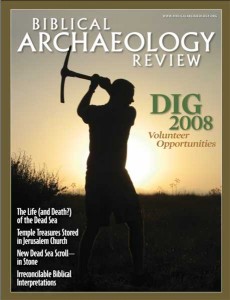The language that Jesus spoke has been preserved for thousands of years in the mountains of Syria. The streets and
shops of a tiny village called Malula (population: 5,000) are some of the last places on earth where you can still hear
Aramaic being spoken.
Aramaic, a 3,000-year-old language closely related to Hebrew, was once the main commercial and diplomatic language of
the ancient near east. Hebrew had been the dominant language in the ancient Iron Age kingdoms of Israel and Judah, but by
the time the exiles returned to Judah from the Babylonian captivity in the sixth century B.C., the Jewish people were
speaking Aramaic.
As Aramaic became the popular language, few could understand Hebrew anymore. Although Hebrew was the original language
of the Scriptures, it was gradually relegated primarily to religious settings. Hellenistic influence also brought Greek into
use throughout the region in the fourth and third centuries B.C.
It is likely that Jesus understood both Hebrew and Greek because of his knowledge of scripture and his childhood in a
heavily Hellenized area of Galilee.a However, he
would have primarily spoken a dialect called Palestinian Aramaic in his everyday conversation and teaching.
Aramaic gradually fell out of use as Greek and ultimately Arabic spread throughout the region. Yet the remote location
of Malula protected its people and its language from invasion by foreign influences over the centuries.
The people of Malula and the Syrian government are working hard to preserve their unique linguistic heritage. A special
Join the BAS Library!
Already a library member? Log in here.
Institution user? Log in with your IP address.

